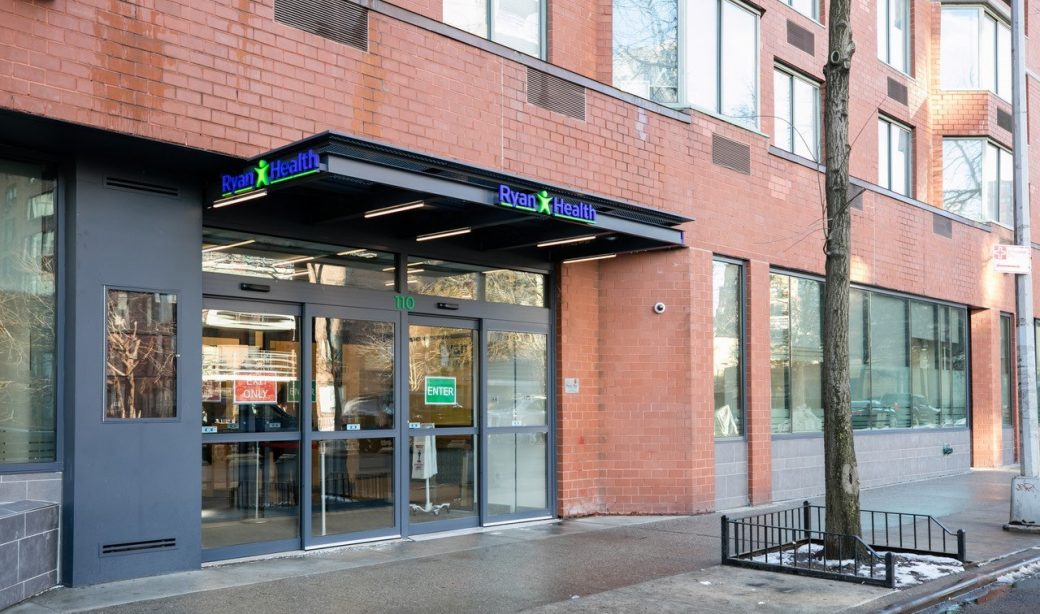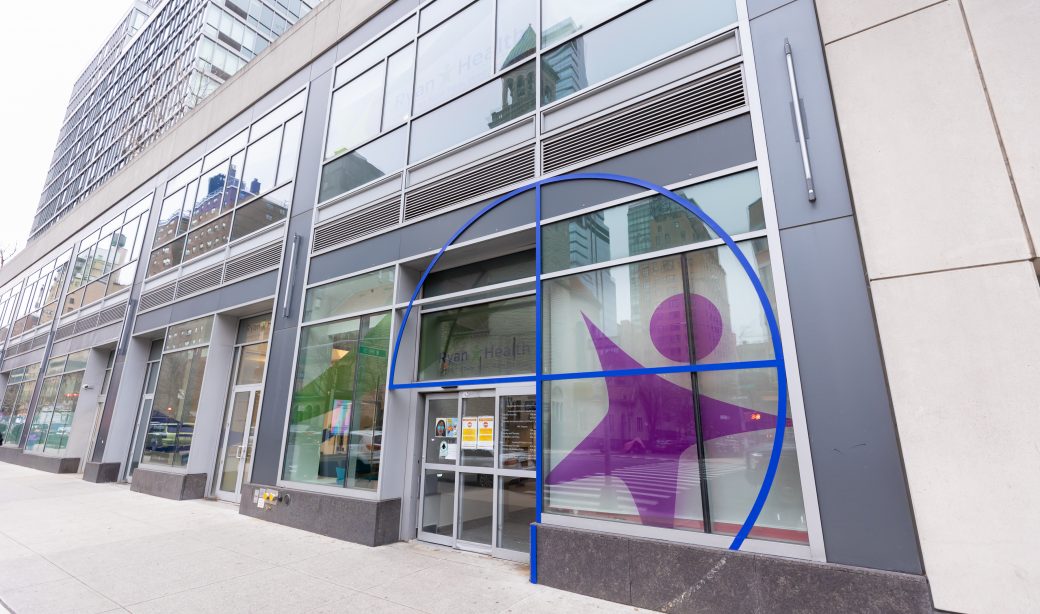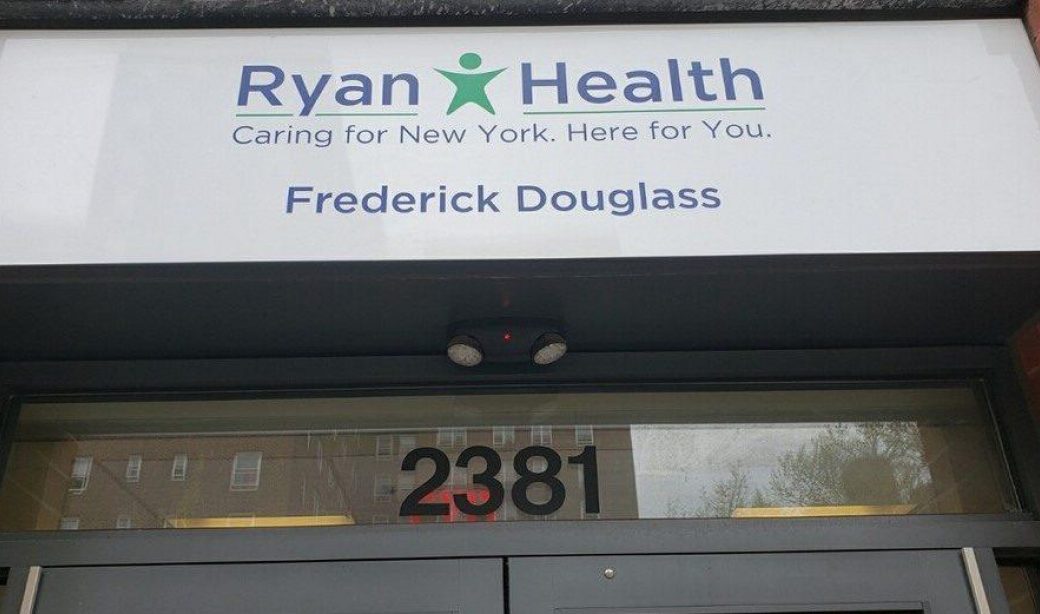
How common are the "winter blues?" Is it different than seasonal depression?
The "winter blues" can be a common reaction to different factors, including holiday stress, colder temperatures, and fewer hours of daylight. The stretch of time between fall and spring can bring about boredom, restlessness, and an overall feeling of discontent. Overcome winter blues by staying active, reaching out to friends and family, and trying to keep a positive attitude. However, seasonal depression (also known as Seasonal Affective Disorder) is very similar to clinical depression. It is triggered often in autumn and can last until late winter/early spring.
Are there specific symptoms?
Symptoms of seasonal depression include feeling down, depressed, or hopeless. You might have low motivation to do things or feel a lack of pleasure doing things. You might want to withdraw socially, or have difficulty finding things to do that make you happy. Other symptoms of depression can be sleeping too little or too much, feeling restless, having thoughts of self-harm, or wishing you were dead.
What can you do to snap out of it?
While you can't “snap out” of depression, there are ways to identify and address it. Coping skills can help beat the "winter blues" — spend time with friends and family, engage in positive social activities, exercise, and stick to a good sleep schedule. It's also important to try and be outside during daylight hours. Even looking out of the window and keeping your shades up when you are inside helps.
For more serious depression, consult with a professional such as your primary care provider. They can screen you for more serious depression or recommend treatments. Talk therapy, antidepressant medication, or light therapy could help. Light therapy is effective for Seasonal Affective Disorder (SAD) because it targets brain chemicals thought to impact mood and sleep.
How important is sunlight to changing your mood?
Sunlight is incredibly important to changing your mood. Serotonin is a chemical in your brain associated with mood. It is impacted by the levels of sunlight that you experience. High exposure to sunlight often means a higher likelihood of higher serotonin levels. This means that it is a good idea to try and get exposure to sunlight. During the winter, you should find ways to get sunlight exposure even if you can't have fun in the sun.
Are there serious physical impacts to seasonal depression?
Yes. When people feel bad, they are often less active. That means they exercise less, which has an impact on other health outcomes. The best way to combat that is through scheduling positive physical and social activities even if you feel bad. It can reverse the cycle and can really combat psychological and physical symptoms of depression.
How long can it last?
SAD can last from late autumn to the end of winter/early spring. However, it is important to keep monitoring your mood beyond that time frame in case symptoms persist or return. Symptoms of SAD can be manageable with the right type of support and help. It's important to let your primary care provider know if you think you might be experiencing symptoms of depression for more than two weeks. They can connect you with a Behavioral Health Integration social worker, who works on-site and with your provider to help you feel better.
Who is most susceptible to seasonal depression?
While it's normal to get the "winter blues," you might be susceptible to SAD if you have a family history of depression or other mental health issues, or if you yourself have a history of depression or other mental health issues. People with limited mobility may also have a harder time coping with winter due to weather conditions and difficulty being outside with good light exposure.
Does it miraculously go away with the arrival of spring?
A lot of people describe getting "out of their funk" once spring comes, but this can take time. Exposure to daylight, returning to positive social and physical activities, and whether there are other stressful things in your life play a role. Other factors like health issues and the possibility of an underlying mood disorder, such as depression and anxiety, also have an impact.
If you need help with SAD and you have a primary care appointment coming up, talk to your provider about how you are feeling. If you have recently seen your provider and would like a referral for an appointment to the Behavioral Health Integration team, it’s easy to set up. You can use the MyCare Portal to ask your provider for a referral or call 212-749-1820.
Contributed by Jenny Mariaschin, LCSW Social Work Supervisor





